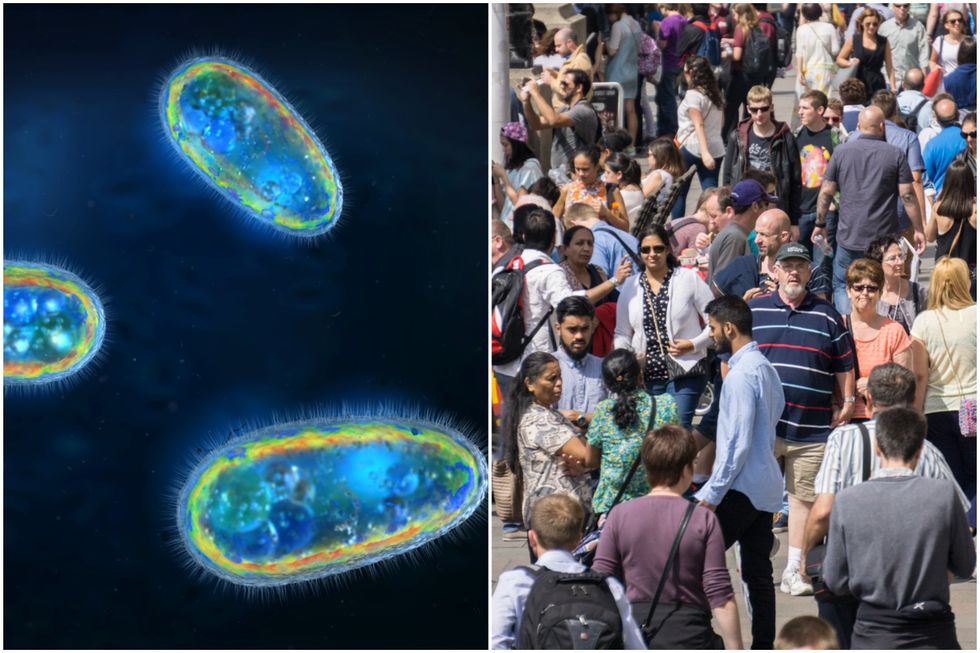Science & Tech
Harriet Brewis
Jul 17, 2024
Ryugu Asteroid Samples Might Point to How Life Began on Earth
ZMG - Amaze Lab / VideoElephant
Diversity is the ultimate key to beauty – just look around you and you’ll see.
Yet, flowers, animals, landscapes and humans weren’t always so richly varied because, in fact, all life on Earth derives from a single ancestor. And despite what the Bible says, it’s name isn’t God or Adam but LUCA.
This acronym stands for the “Last Universal Common Ancestor,” which scientists believe was a tiny, and very basic, organism.
They think that this single-cell being was the forefather from the smallest of bacteria to the biggest of beasts. And now, a new study has found that LUCA is even older than the experts had thought.
For years, researchers have estimated that LUCA emerged on our planet some 4 billion years ago – just 600 million years after the world’s formation.
However, new research, published in the journal Nature Ecology & Evolution, suggests that our ancestor was around even earlier than that.
The paper also reveals some stunning insights into LUCA’s likely characteristics and what its life would have been like on the infant Earth.
The international team of authors, based in the UK, Netherlands, Hungary and Japan, said they had to “work backwards” to “zero in on exactly when LUCA appeared on Earth.”
To do this, they compared genes in living species, and counted the mutations that have occurred since they all shared a common ancestor (LUCA).
“Using a genetic equation based on the time of separation between species, the team worked out that LUCA must’ve been mucking around on Earth as early as 400 million years after its creation,” the researchers explained.
This puts the organism “smack in the middle of the hellish geologic nightmare known as the Hadean Eon.”

The Hadean Eon, named after Hades, the Greek god who ruled the underworld, was the unofficial time period that began with the formation of Earth.
Its name – which also derives from the Hebrew word for “hell” – is inspired by the fiery conditions at the time, when the planet would have consisted of a partially molten surface and been characterised by constant volcanic eruptions and asteroid impacts.
The fact LUCA was able to survive in such an environment is impressive to say the least, and so the researchers sought to learn how this was possible.
They concluded that whilst LUCA was a simple prokaryote (a single-cell organism whose cell lacks a nucleus and other membrane-bound structures), it likely had an immune system. This enabled it to fight off primordial viruses.
“It’s clear that LUCA was exploiting and changing its environment, but it is unlikely to have lived alone,” Tim Lenton, of the University of Exteter, who co-authored the study, said in a statement.
“Its waste would have been food for other microbes, like methanogens, that would have helped to create a recycling ecosystem.”
Nevertheless, although LUCA is our oldest established common ancestor, scientists are still trying to work out how complex life evolved from its origins
Further work must now be done to dig deeper into our primordial history and discover how exactly we, and the extraordinary world around us, came to be.
Sign up for our free Indy100 weekly newsletter
How to join the indy100's free WhatsApp channel
Have your say in our news democracy. Click the upvote icon at the top of the page to help raise this article through the indy100 rankings
Top 100
The Conversation (0)














